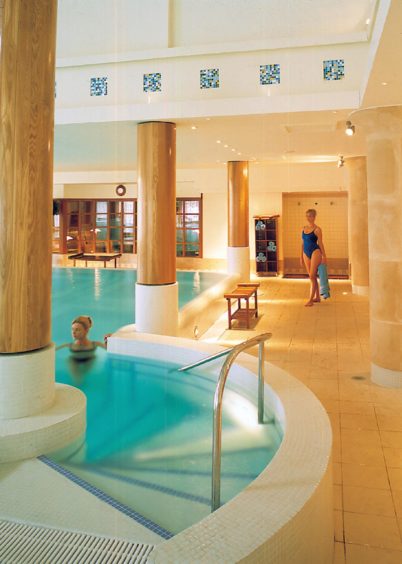Spas are big business all around the world and the rapid growth of the sector is forecast to accelerate in future.
The value of the global spa market is expected to more than double in the next few years.
This year’s estimated revenue of £38 billion is anticipated to rocket to £84bn in 2028, according to a report from Grand View Research.
Unhealthy lifestyles
The market research and consulting company says unhealthy lifestyles have increased the need for stress management, mental clarity and system detoxification.
Rising disposable incomes, changing lifestyles and an increasing population are also anticipated to propel market growth in the sector.
Grand View Research says the hotel/resort segment dominated the overall spa market in 2020 and accounted for the largest revenue share due to rising wellness tourism worldwide.
But it also states the Covid-19 pandemic had a significant impact on the industry last year as businesses were forced to close, or enforce stringent hygiene requirements and regulations for their workers and visitors.”
The sector is expected to enjoy faster growth over the years ahead due to growing demand for traditional spas such as those offering Swedish, Ayurveda, and Turkish massage.
An increasing number of people are visiting destination spas for week-long programmes to start their fitness or work on a particular problem.
In 2020, Asia Pacific held a majority of the regional market share due to increasing disposable income, more wellness tourism and availability of advanced technological infrastructure.
Europe is expected to witness the fastest growth in the years to 2028 due to the growing trend among customers to control, minimise and relieve stress, lose weight, and take a more positive and holistic approach to their wellbeing.
Crerar Hotels’ boss confirms strong demand for post-lockdown pampering


